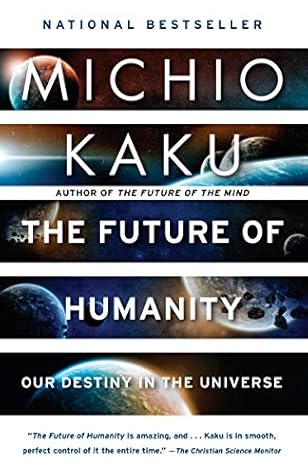In my theory, these loops can be grouped according to a certain level of consciousness.
The smallest unit of consciousness might be found in a thermostat or photocell, which employs a single feedback loop to create a model of itself in terms of temperature or light. A flower might have, say, ten units of consciousness, since it has ten feedback loops measuring water, temperature, the direction of gravity, sunlight, et cetera. In my theory, these loops can be grouped according to a certain level of consciousness. Thermostats and flowers would belong to Level 0.
Level 1 consciousness includes that of reptiles, fruit flies, and mosquitos, which generate models of themselves with regard to space. A reptile has numerous feedback loops to determine the coordinates of its prey and the location of potential mates, potential rivals, and itself.
Level 2 involves social animals. Their feedback loops relate to their pack or tribe and produce models of the complex social hierarchy within the group as expressed by emotions and gestures.
These levels roughly mimic the stages of evolution of the mammalian brain. The most ancient part of our brain is at the very back, where balance, territoriality, and instincts are processed. The brain expanded in the forward direction and developed the limbic system, the monkey brain of emotions, located in the center of the brain. This progression from the back to the front is also the way a child’s brain matures.
So, then, what is human consciousness in this scheme? What distinguishes us from plants and animals?


